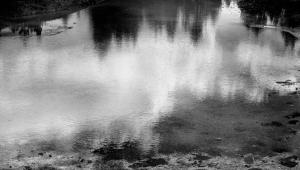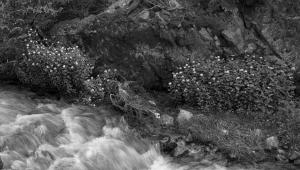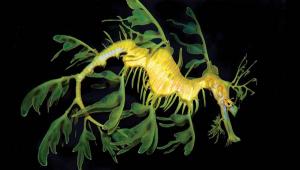What Is White Light?: How Your Camera “Sees” Color
Each of these types of light is different from each other. If you compare, for example, the color emitted from a typical 100 or 500 watt light bulb in your home or office to daylight at noon, you will see that they are different. The artificial bulb is more yellowish. You can see this clearly in the photo inside St. Peter’s Basilica in the Vatican (#1) where the incandescent light bulbs in the ceiling are obviously more yellow than the daylight seen in the windows of the huge dome. Had you seen those light bulbs alone, you would probably deduce they were white. Seen in the context of daylight, however, they look decidedly yellowish.

All Photos © 2010, Jim Zuckerman, All Rights Reserved
Similarly, the difference between the light at sunrise is different than the colors we see in a deep overcast or fog. You can see in (#2) that the sun that had just risen over the horizon has a golden color versus the bluish tones in the fog hovering above the pond. The sun hadn’t gotten high enough to illuminate those shadows, and the color of the light that we normally would describe as white is really bluish.

The standard that we have adopted to describe white light is the sun at noon with a clear sky. Furthermore, the color of light will be closest to this ideal in the summer when the sun is more directly overhead (in winter it is lower in the sky, hence it is more yellowish). The photograph of the flamingos in Lake Nakuru (#3) is an example. Since this was taken in Kenya, which is on the Equator, this lighting is the textbook definition of white light. The midday light on the tulips fields in Holland is another instance where the lighting is defined as white (#4).


Electronic flash is designed to simulate the white light of a noon sun, and although there are variations in flash units (some are slightly yellowish and some are slightly bluish compared to white light), using electronic flash outdoors during the middle of the day will show virtually no difference in color when compared to the ambient sunlight.
- Log in or register to post comments












































